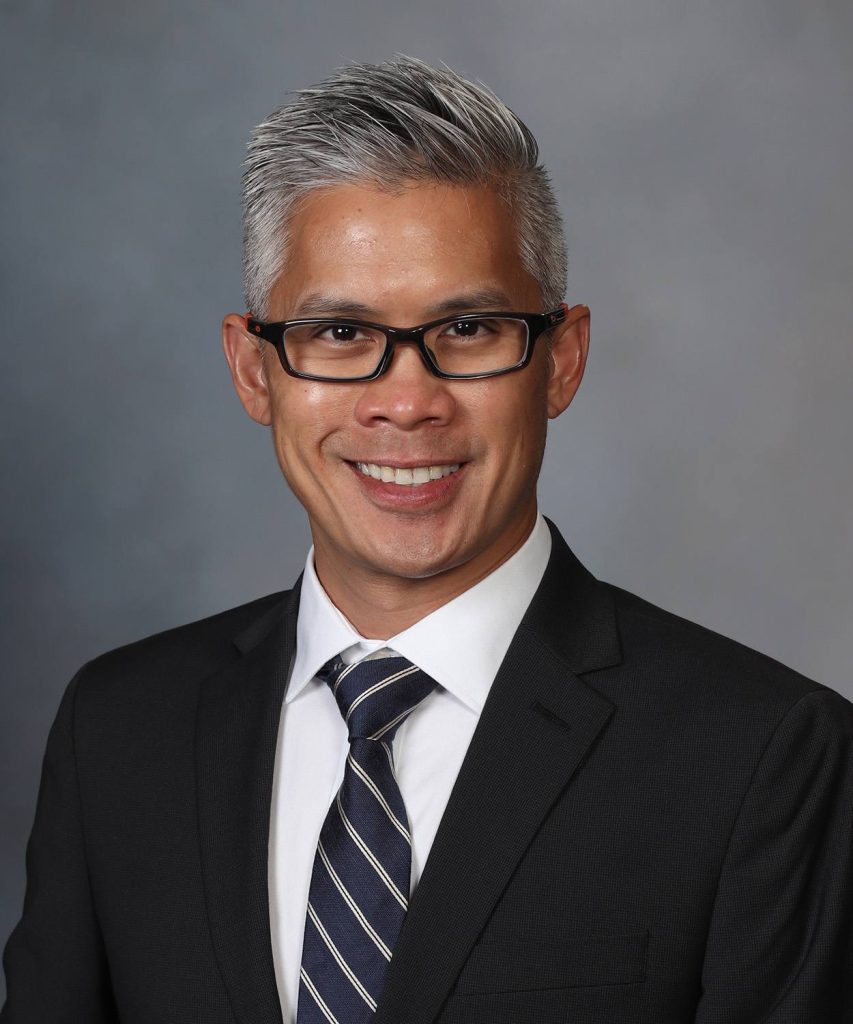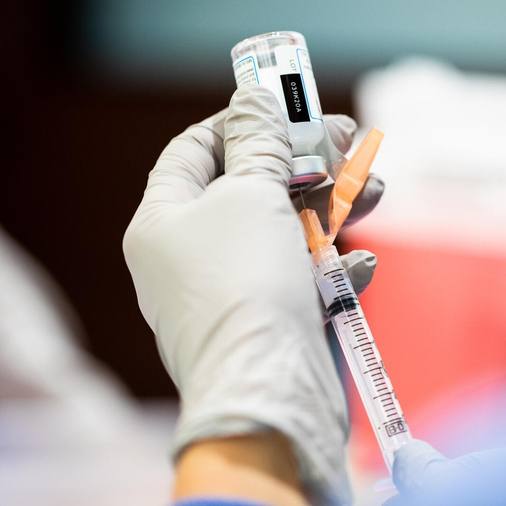-
Mayo Clinic expert shares tips for navigating a return to work with long COVID

ROCHESTER, Minn. — Symptoms are only half of the picture when it comes to long COVID, also known as post-COVID syndrome. The other half is how long COVID affects a person’s ability to live their lives. Greg Vanichkachorn, M.D., director of Mayo Clinic's COVID Activity Rehabilitation Program, offers tips for navigating the return to work during recovery.
“It can be hard to go back to work after any medical condition, and this is especially true for long COVID,” says Dr. Vanichkachorn, a physician in Mayo’s Division of Public Health, Infectious Diseases, and Occupational Medicine. Among the steps that can help, Dr. Vanichkachorn says:
Communicate
It will be hard for your employer to offer support if they do not know how to help. Clear communication with your employer and medical team will maximize your chances of successfully returning to work. How can you communicate effectively?
- Make sure your employer receives regular work recommendations from your medical team. Dr. Vanichkachorn suggests providing updates every two to four weeks.
- When meeting with your medical team to create work recommendations, be an active participant. After all, you know your work best.
- Talk to your employer regularly. “I know it can be difficult to have these kinds of discussions. As hard as this may be, keeping them in the dark for weeks on end may only make the situation worse,” Dr. Vanichkachorn says.
- Do not wait until scheduled appointments to adjust your work recommendations. If you are feeling better and ready to take on more work, let your medical team know. “The same is true if things are getting worse,” Dr. Vanichkachorn says. “Constant communication is key.”
Reshape work
“Many patients are worried about returning to work because they are unsure how they will do when faced with their usual, busy workload,” Dr. Vanichkachorn says. “It can take a long time for a patient to feel ready to jump back in at 100%. That is why we recommend a gradual return to work.”

For example, if you normally work eight hours a day, five days a week, then you might start your return to work with four-hour shifts, three days a week, with a day of rest between.
Dr. Vanichkachorn recommends exploring whether your employer has special jobs called temporary alternative duties. These positions are usually less laborious and designed to help employees with medical conditions return to working.
Do your homework
Unfortunately, temporary alternative duty is not available for everyone, and some patients with long COVID are told not to return to the job until they are “back to 100%,” Dr. Vanichkachorn says. “This is not ideal, as I’m not sure anyone returns at 100% right away. In this case, you may find yourself out of the workplace for some time.”
That doesn’t mean that you cannot do work around the house, he says. The important things that we all do during the day, such as laundry, cooking meals, and running errands, can simulate work.
“I recommend looking at daily activities as your job. By doing so, both you and your health team will be able to better estimate the kinds of activities you can do when you return to employment,” he says.
Focus on function
Patients often want to be pain-free and back to where they were before COVID, Dr. Vanichkachorn says.
“While I understand this desire, and one of my callings in medicine is to help with suffering, this goal can be very hard to reach. Instead, I recommend patients focus on improving their function,” Dr. Vanichkachorn says. “When going back to work, you may have new challenges and even discomfort. But with treatment and new management strategies, you may be able to overcome such barriers and return to work.
People with long COVID can connect with others and share recovery tips and successes in the Mayo Clinic Post-COVID Recovery & COVID-19support group.
###
About Mayo Clinic
Mayo Clinic is a nonprofit organization committed to innovation in clinical practice, education and research, and providing compassion, expertise and answers to everyone who needs healing. Visit the Mayo Clinic News Network for additional Mayo Clinic news.
Media contact:
- Sharon Theimer, Mayo Clinic Public Affairs, newsbureau@mayo.edu







